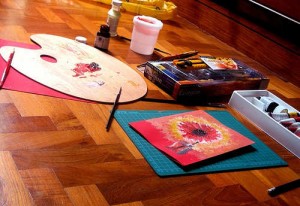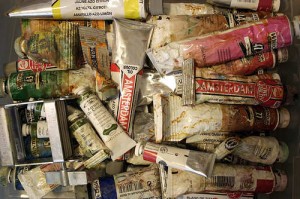
Exploring the Canvases of Famous Artists
Artists throughout history have utilized various mediums and canvases to express their creativity and leave a mark on the world of art. From Renaissance masters to modern visionaries, each artist brought their unique style and technique to their chosen canvas.

Leonardo da Vinci
The epitome of the Renaissance man, Leonardo da Vinci, is celebrated for his mastery in multiple disciplines, including painting. While he experimented with different surfaces, Leonardo often favored wood panels coated with gesso for his iconic works like the Mona Lisa and The Last Supper. His meticulous attention to detail extended to the preparation of his canvases, ensuring a smooth and durable surface for his brushstrokes.
Da Vinci was incredibly particular about the quality of his materials. He used oil paint that he made by hand from ground pigments and he often sourced the finest wood and gesso for his paintings. His commitment to perfectionism is evident in the timeless beauty and precision of his artworks.

Vincent van Gogh
Vincent van Gogh revolutionized the art world with his bold use of color and expressive brushwork. He preferred heavy, textured canvases that allowed him to apply thick layers of paint in his distinctive impasto style. He also experimented with unprimed surfaces such as hessian, a coarse fabric made from hemp or jute. His masterpieces, such as Starry Nigh” and Sunflowers, are renowned for their dynamic energy and emotional intensity.
The tormented genius is known for his dedication to his craft, painting for hours without rest. Despite his struggles with mental illness and personal hardships, he poured his heart and soul into his canvases, leaving behind a legacy that continues to inspire artists and art enthusiasts worldwide.
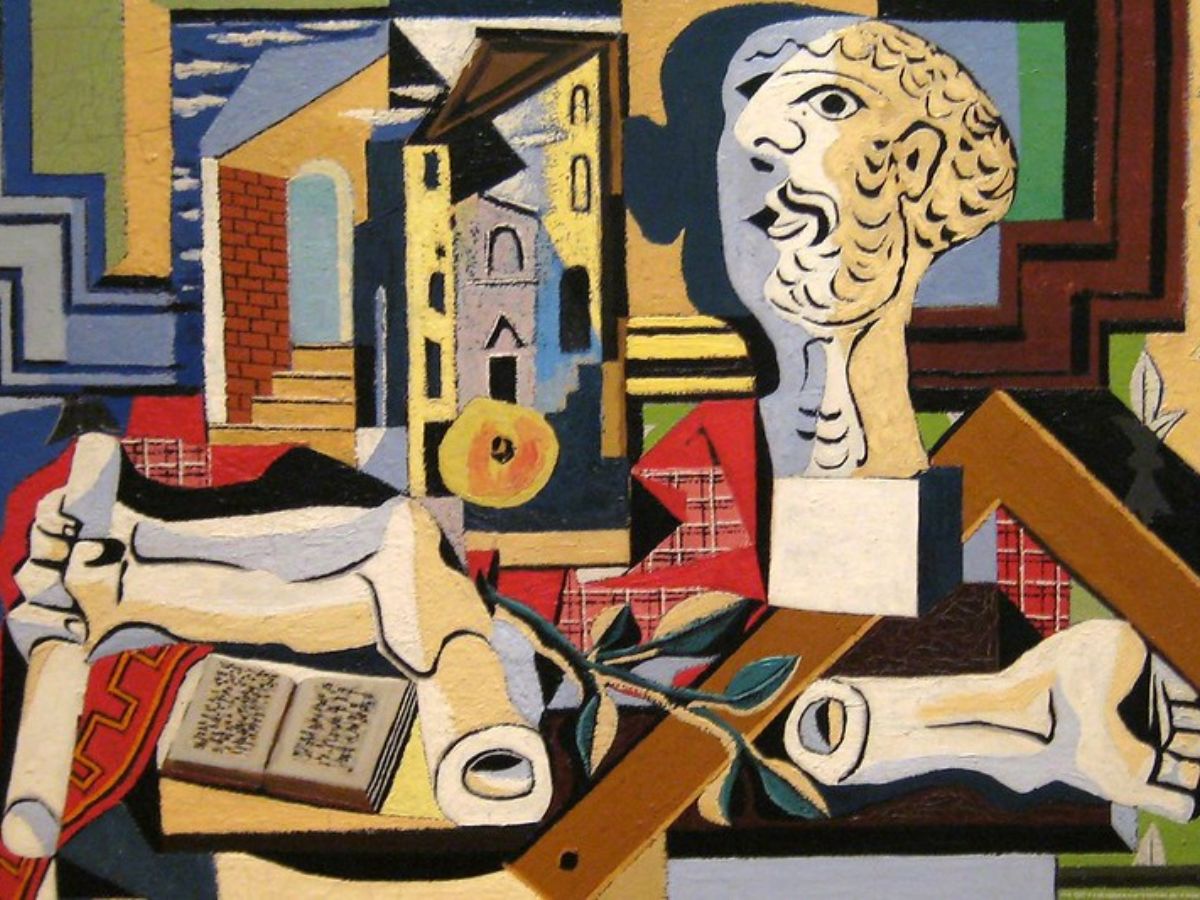
Pablo Picasso
Pablo Picasso knew no bounds–he fearlessly pushed the boundaries of art and creativity. He experimented with various mediums and techniques throughout his career. He painted on linen canvas, plywood and wood panel. From his early Blue and Rose Periods to his later Cubist explorations, Picasso’s versatility and innovation are evident in every brushstroke.
Georgia O’Keeffe
The pioneering spirit of Georgia O’Keeffe revolutionized the world of modern art with her bold, abstract depictions of flowers and landscapes. O’Keeffe often worked on large-scale canvases, allowing her to explore the intricate details of her subjects with precision and clarity. Her iconic paintings, such as Jimson Weed and Black Iris, capture the essence of the American Southwest with a timeless elegance.
O’Keeffe has a deep connection to nature as evident by her bodies of work. She finds inspiration in the vast landscapes and rugged beauty of the desert. Her artistic vision transcended mere representation, offering viewers a glimpse into the soul of the natural world through her canvases.
The canvases chosen by famous artists played a crucial role in shaping their artistic vision and legacy. Whether it was Leonardo da Vinci’s meticulous wood panels or Jackson Pollock’s unconventional floor canvases, each surface became a blank canvas for artistic expression and innovation.
Get Your Painting Canvas from CanvasLot
CanvasLot specializes in custom-size canvases for painting. We offer hand-stretched, gallery-wrapped canvases from 6 inches up to 12 ft. Ordering can be done online and we’ll deliver your canvas right at your doorstep.
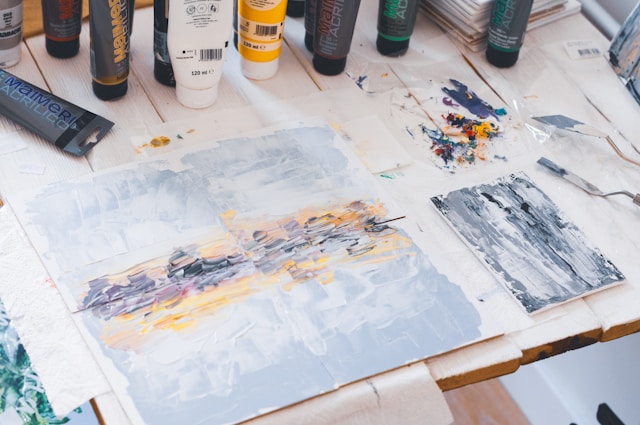
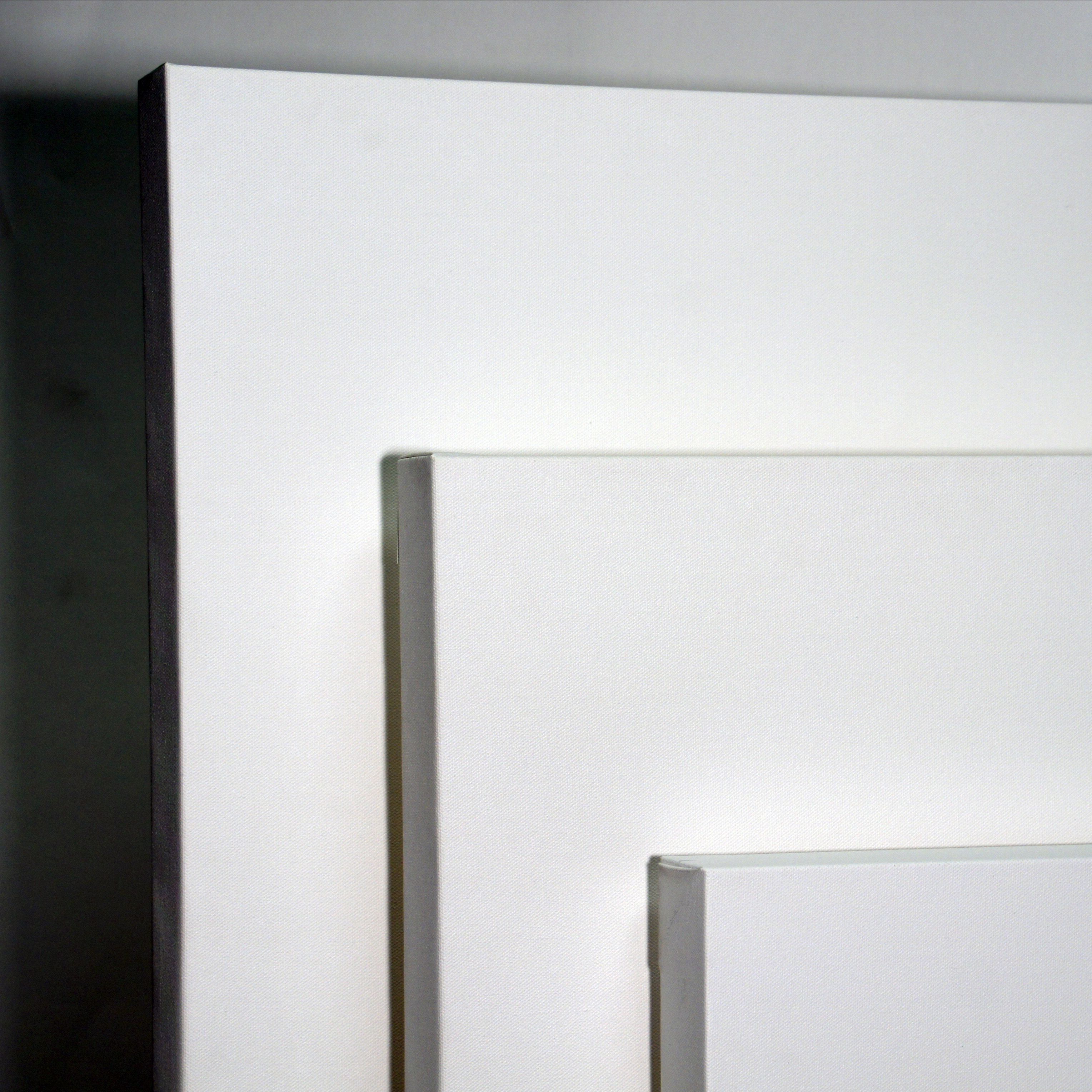
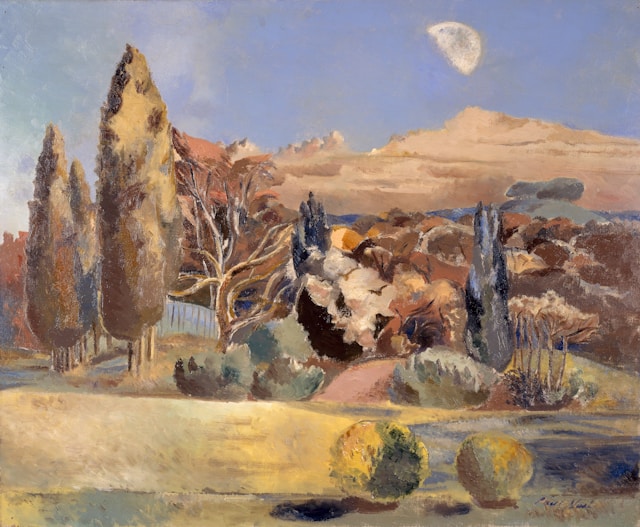
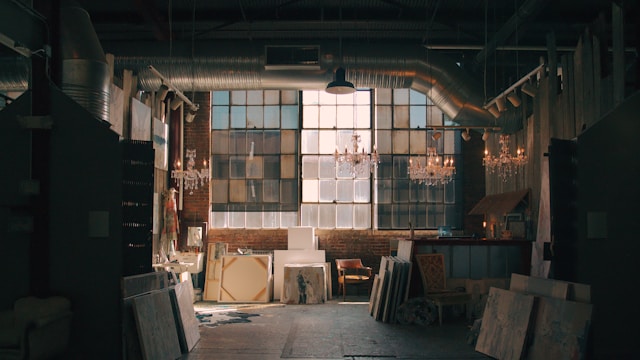
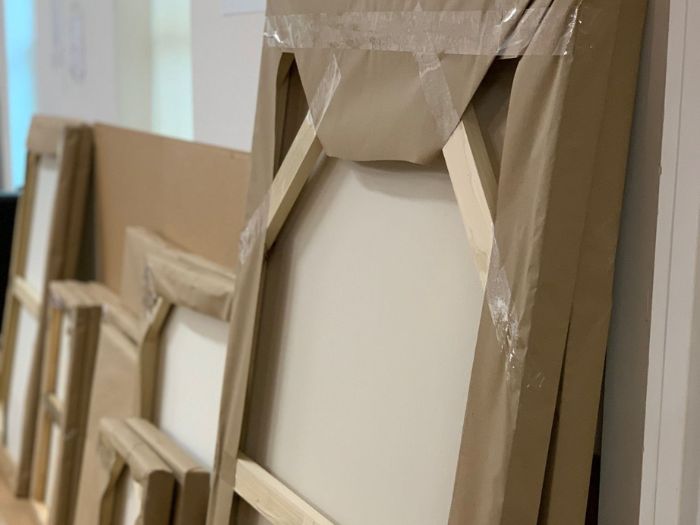
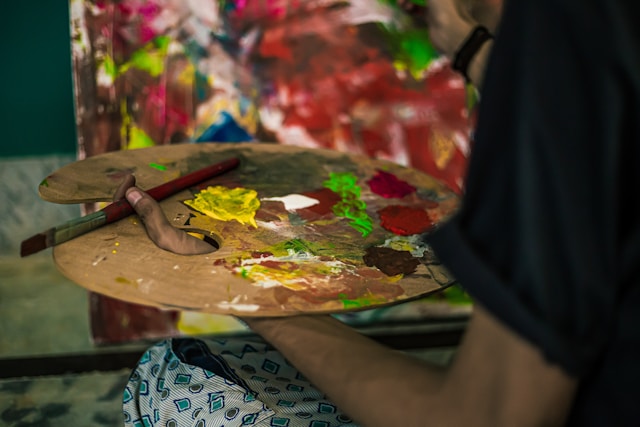




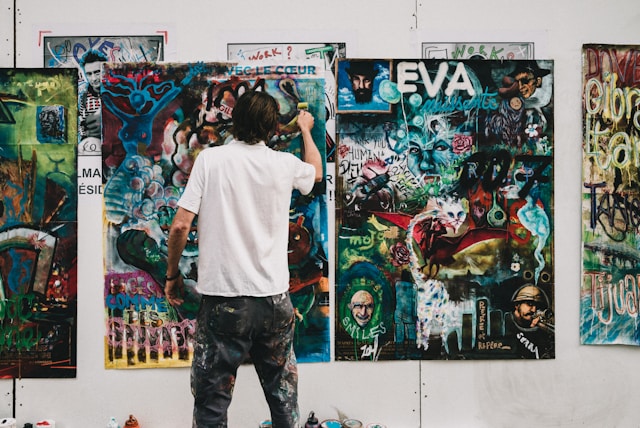
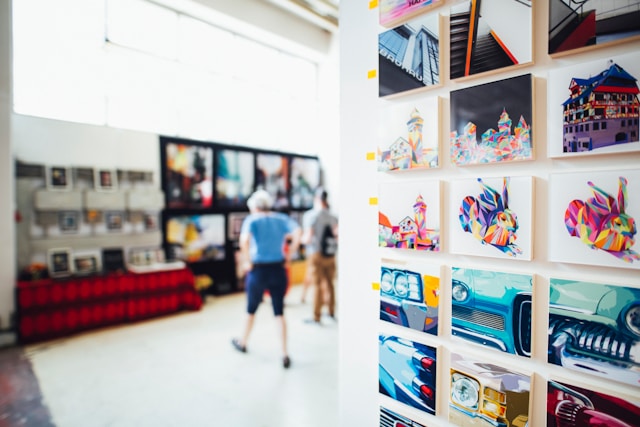
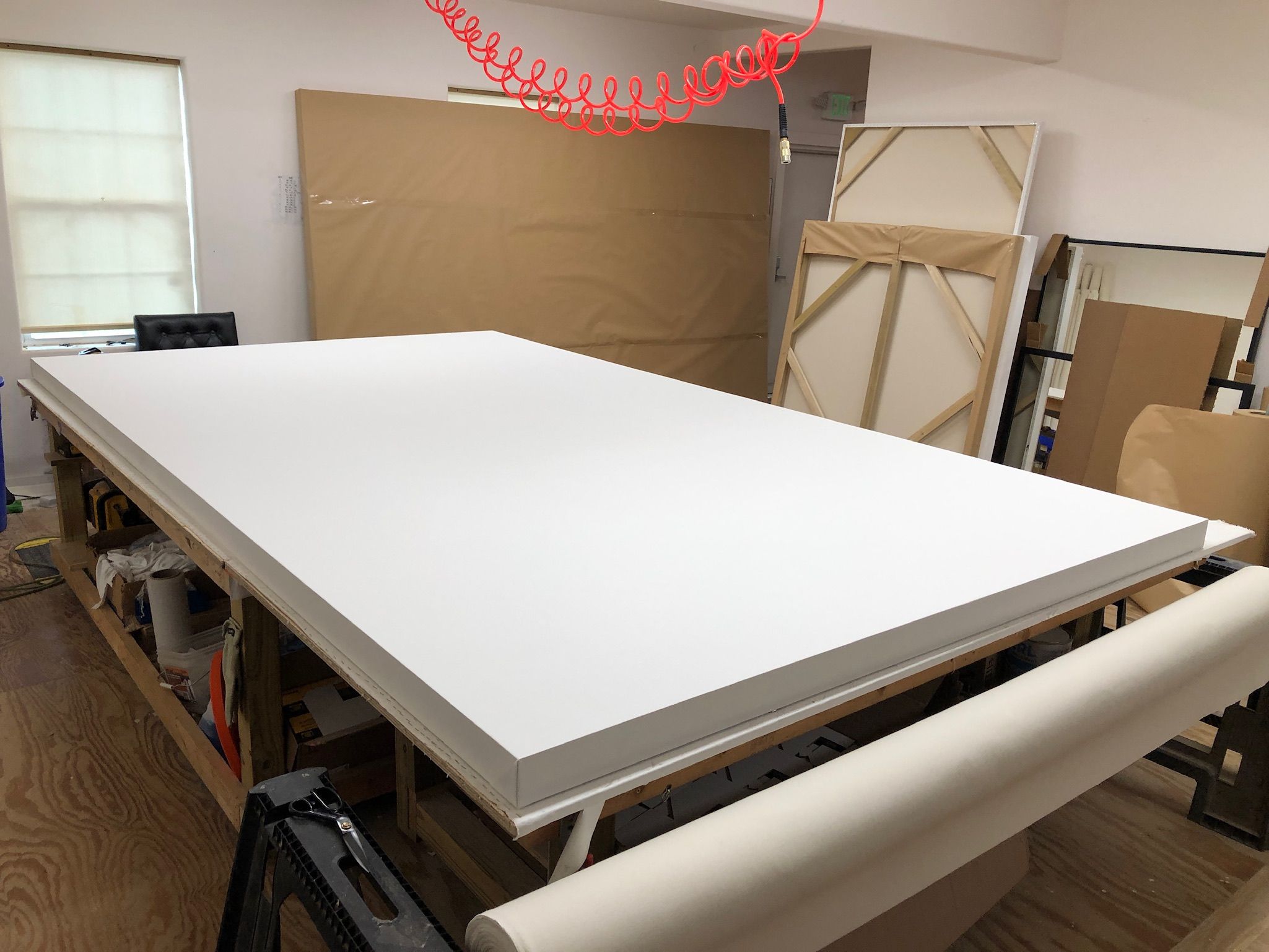 For newbies, a 12-ft canvas offers a big space for experimentation. Mistakes can be part of a grand artwork and can give lessons to the budding artist. Explore techniques and embrace the freedom of creating art on a large canvas.
For newbies, a 12-ft canvas offers a big space for experimentation. Mistakes can be part of a grand artwork and can give lessons to the budding artist. Explore techniques and embrace the freedom of creating art on a large canvas.

